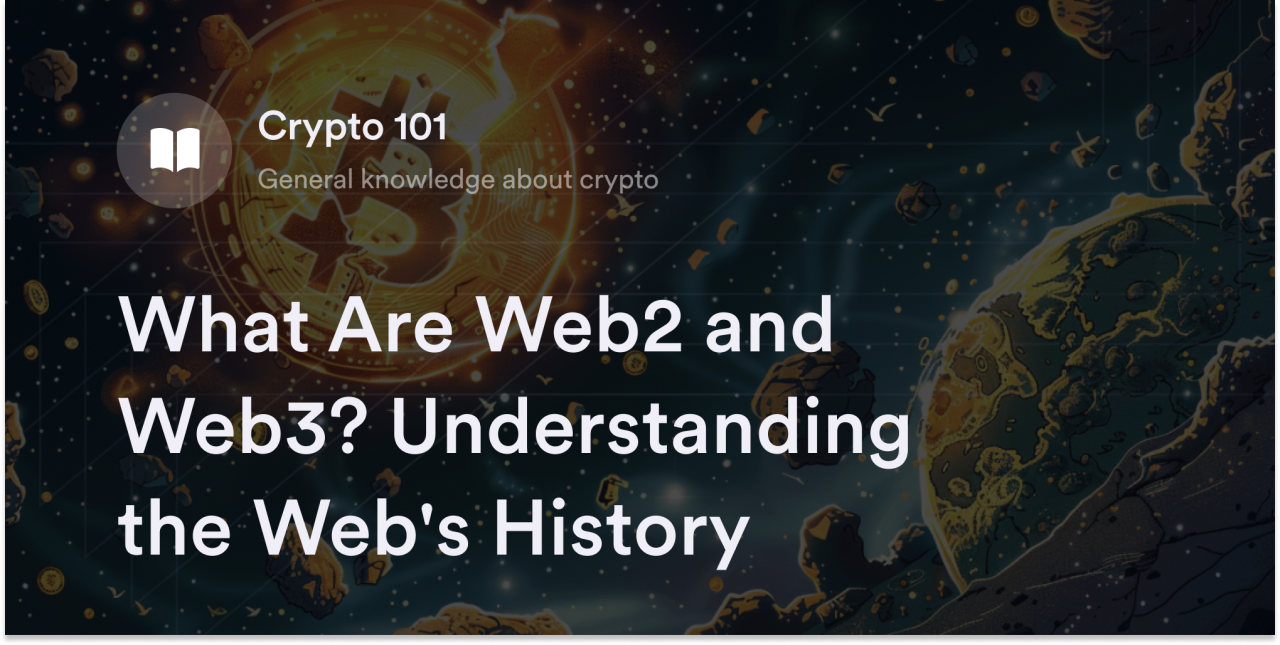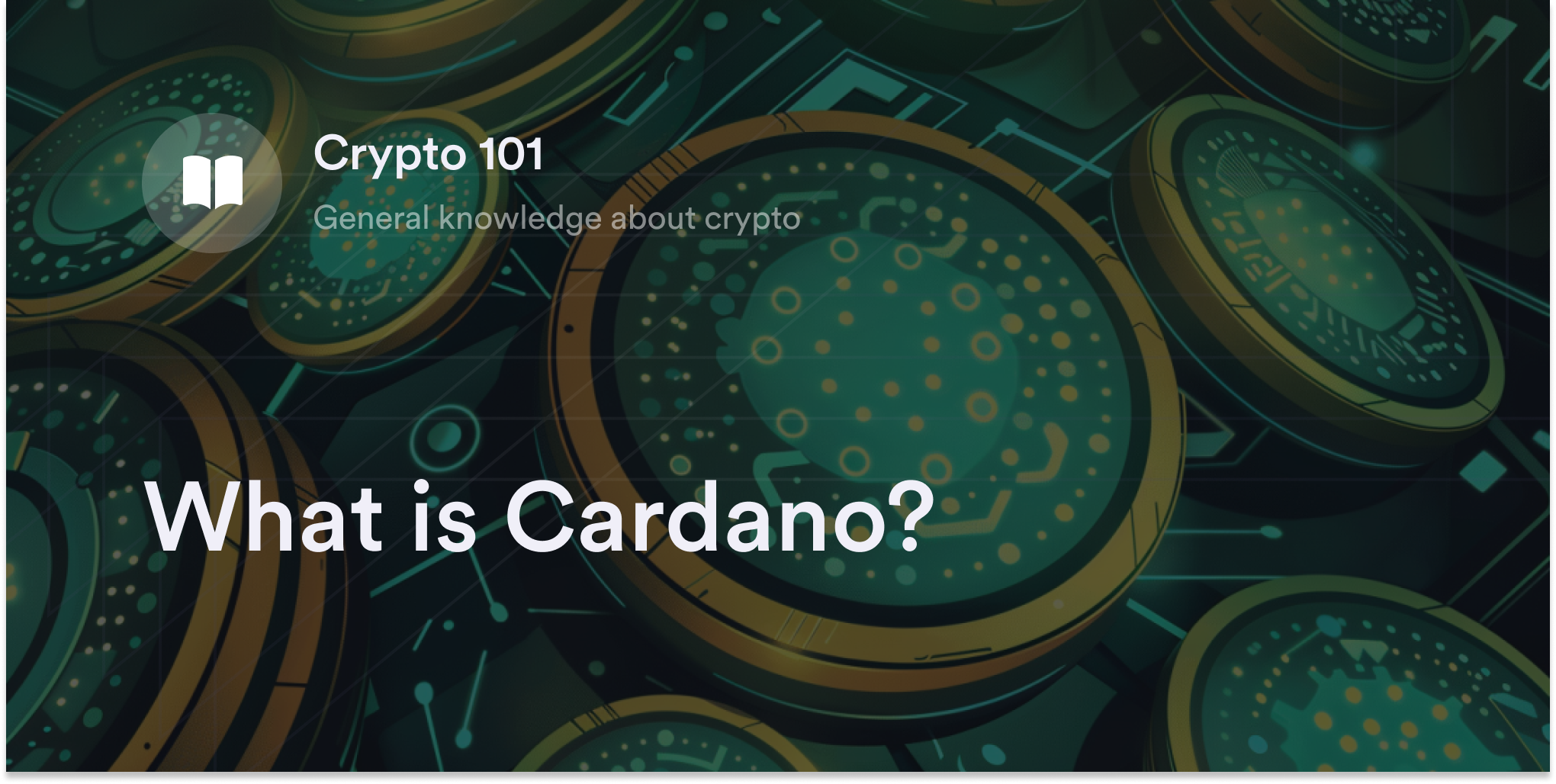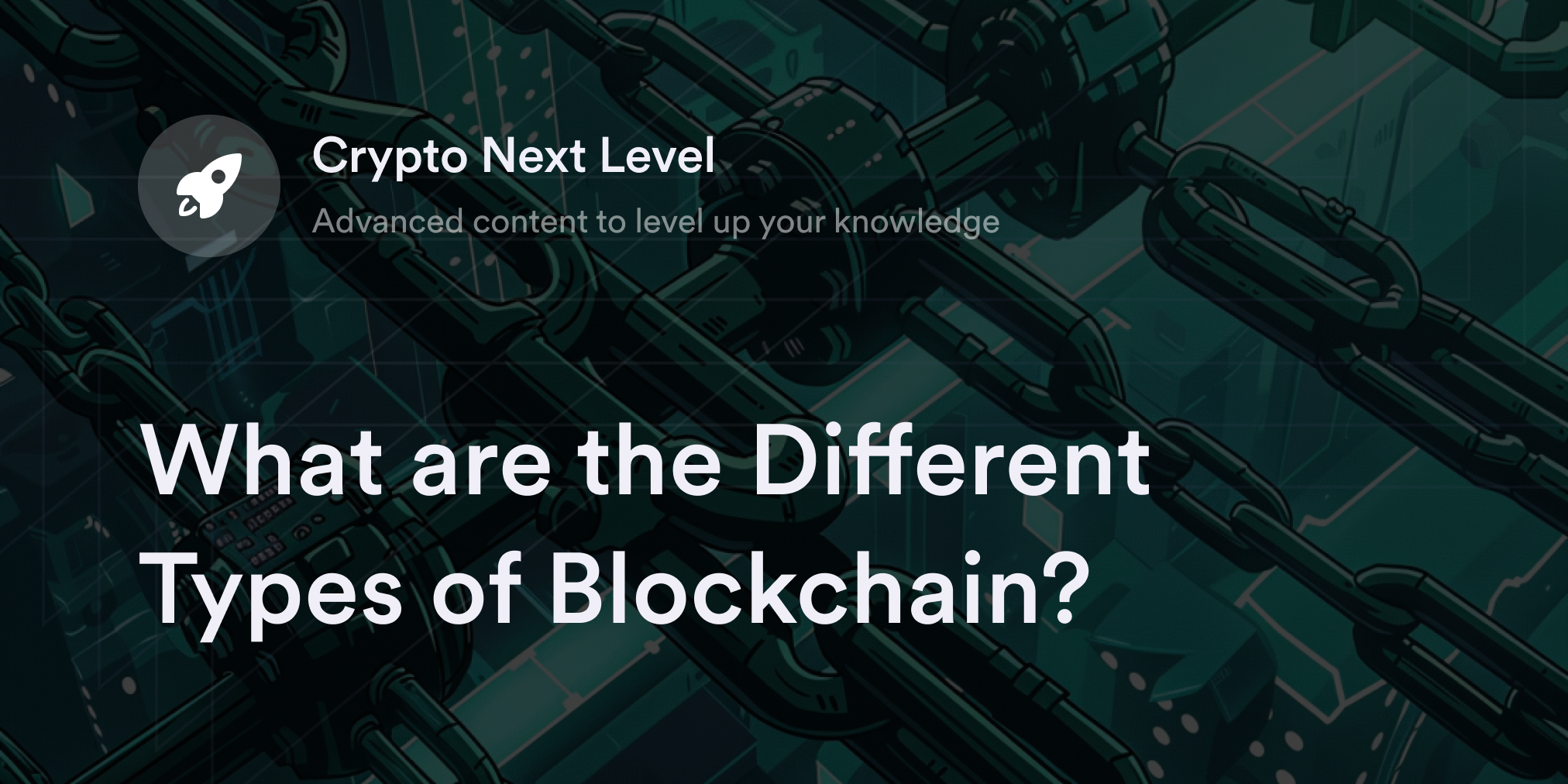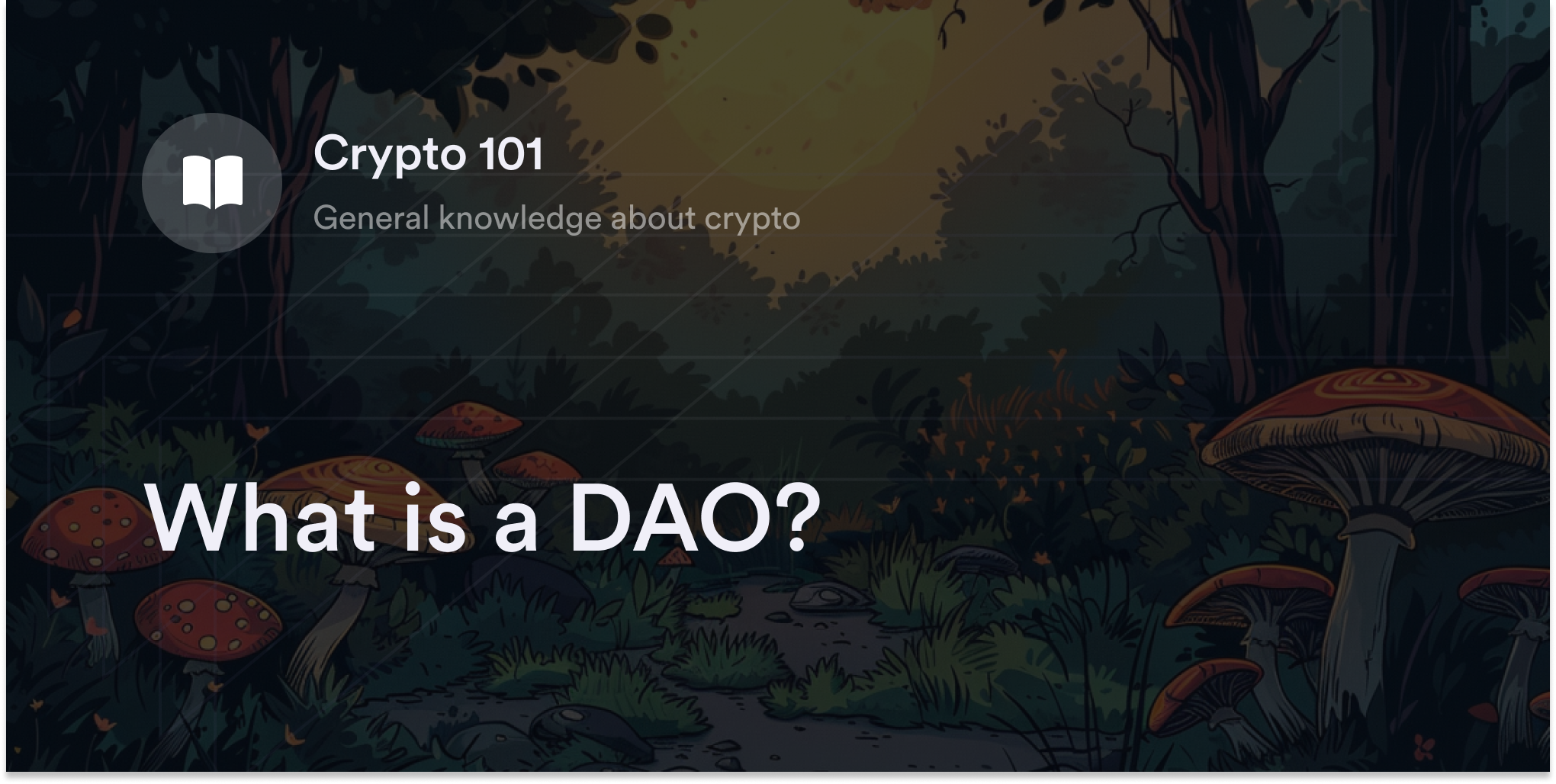


Big tech companies are the architects of today's World Wide Web, but surveys reveal users have misgivings about these Silicon Valley titans. According to recent data, nearly three out of four people in the U.S. feel big tech firms––such as Meta, Alphabet, and Amazon––have too much power over the internet, and an estimated 85% of respondents believe at least one of these companies spies on them.
To address the growing fears of online privacy and data tracking, some developers are working on a radically new software design called "Web 3.0." Web3 supporters say this decentralized online infrastructure provides the same interactivity as the current "Web 2.0" model without relying on major tech companies.
Although Web3 is just starting to take shape, the ideas, applications, and technologies surrounding this software continue to advance each year. Anyone curious about the latest web design should learn what Web 2.0 and Web 3.0 are and how the latter aims to create a user-centric online experience to interact with the web smoothly.
What are the 3 types of the web?
The three types are Web1, Web2, and Web3. But to understand their relevance and differences, we must review the World Wide Web’s history.
The advent of the internet
British computer scientist Tim Berners-Lee created the web’s first version in 1989 to easily share information between computers at the European Organization for Nuclear Research (aka CERN). As CERN refined Berners-Lee's system and more developers and servers contributed to the internet's growth in the ’90s, the web’s first form became more accessible outside professional research facilities. This initial version (aka "Web 1.0") didn't have the interactivity of today's social media sites, such as Twitter and Facebook. Instead, Web1 had static web pages with hyperlinks, similar to an online encyclopedia like Wikipedia. Web1 is also known as a "read-only" model because users primarily used it to retrieve data and "read" pages rather than react or create content.
Transformation to Web2
In the mid-2000s, developers introduced more user interaction to web-based applications, signaling the gradual shift from Web1's "read-only" model to Web2's "read-and-write" capabilities. Instead of primarily consuming online content, Web2 users had an easier time commenting and contributing to apps, such as Reddit, YouTube, and Amazon. Although users can write on a social media account, create blogs, or post videos in Web2, big tech businesses own and store all user-generated content (UGC) on their platforms. These companies also typically use an ad-based revenue model to capitalize on their website traffic. For instance, Google's Alphabet and Facebook's Meta generate roughly 80%–90% of their yearly revenues from online ads.
The revolutionary Web3
The idea of Web3 emerged steadily in the late 2000s as the technology underpinning cryptocurrencies, such as Bitcoin (BTC), became more popular. Launched in 2009 by cryptographer Satoshi Nakamoto, Bitcoin uses a decentralized computer system called "blockchain technology" to record transactions on a public payment ledger without a centralized server. The peer-to-peer (P2P) architecture behind Bitcoin inspired some programmers to rethink the centralized Web2 model, where users rely on big tech's servers to secure data.
In 2015, a team of developers led by Vitalik Buterin launched the Ethereum blockchain, introducing autonomous programs called "smart contracts" to further decentralized web-based applications. With smart contracts, developers preprogram commands that automatically respond to protocol changes, eliminating the need for central entities to monitor or approve web activity. These new "decentralized apps" (dApps) work similarly to Web2 apps, except they run on blockchain networks with smart contracts taking care of advanced functions like confirming transactions or storing digital files.
During Ethereum's early days, computer scientist and Polkadot blockchain's founder Gavin Wood introduced the term "Web3" to describe the shift from the big tech-dominated Web2 to a more decentralized online network. The mission, which unites projects in the Web3 community, is to give internet users more control over their web content and digital identities. Put another way, Web3 wants to change Web2's current "read-write" model to "read-write-own."
What is the Difference Between Web2 and Web3?
The core distinction between Web2 and Web3 is the former has a centralized corporate structure, while the latter uses a decentralized computer network (aka nodes) on its backend. Ideally, the decentralization of Web3's design purports to give users full ownership over whatever digital content they create because companies don't control the platform people use. Web3 dApps let users access dozens of online services with a crypto wallet and enjoy the full rights to their content.
For further decentralization, many dApps use a governance structure called a decentralized autonomous organization (DAO) to give everyone involved in a Web3 protocol a vote in a project’s direction. In contrast, most decisions for the company's future growth occur between executives and shareholders on many Web2 apps like Facebook and Google.
Pros and Cons of Web2 and Web3
Web3 sounds like the ultimate solution to online privacy concerns, but this framework has a few drawbacks. Web2 developers need to make trade-offs with usability and scalability if they migrate to Web3 platforms.
Web2 Benefits
Streamlined scalability and decision-making procedures: The centralized structure behind Web2 companies makes it easier for leaders to develop and implement growth strategies. This top-down governance model isn't egalitarian but sometimes improves a Web2 company's ability to adapt and expand its operations quickly.
Simple and convenient user interface: Thanks to programming updates like JavaScript following Web1, Web2 developers made it easy for users to interact with their services. The clear buttons, search tabs, and login processes for sites––such as Amazon, Facebook, and Google––make navigating it straightforward for non-tech-savvy users.
Fast throughput and data dispute resolution: Because Web2 companies use centralized servers for data storage, processing, and dissemination, they tend to work faster and more efficiently than decentralized protocols. A Web2 platform's server is also a clear authority in case there are any network information conflicts.
Web2 Risks
Privacy concerns: Big tech companies like Alphabet, Meta, and Amazon control more than 50% of online traffic and own some of the top-performing websites like Google and Facebook. Due to their influence over Web2, more users have expressed fears over how these companies manage people’s personal data.
Single point of failure: The disadvantage of using a centralized server is it only takes one successful attack to disrupt a Web2 site. For example, when Amazon's AWS Cloud experienced temporary issues in 2020 and 2021, dozens of websites like The Washington Post, Coinbase, and Disney+ also went down, highlighting Web2's vulnerability.
Partial ownership: Although users can post videos, social texts, or blogs on Web2 sites, they can't fully control their digital data. Although users can monetize content using Web2 platforms, the companies behind these websites have an incentive to take a revenue percentage from user-generated content.
Web3 Benefits
Enhanced privacy, ownership rights, and censorship resistance: The decentralization and transparency of Web3 dApps give users greater freedom over their content and digital identity. There are intermediaries to monetize or censor users, and users only need a crypto wallet to access dApps rather than supplying personal details.
No central point of failure: If a node on a blockchain like Ethereum goes out, it won't disrupt the entire system. Blockchains with thousands of nodes and robust decentralization don't have an "essential server" that would shut down the whole system.
Decentralized governance opportunities: dApps using DAOs give users a say in future upgrades or protocol changes. Typically, anyone holding the dApp's native governance token can use these cryptocurrencies as "votes" on the dApp for upcoming proposals.
Web3 Risks
Steeper learning curve: People unfamiliar with digital wallets and cryptocurrencies need help adjusting to the Web3 paradigm. Although developers are improving Web3’s user interface, dApps aren't as intuitive as most standard Web2 sites. It takes practice and education to understand how to set up a crypto wallet, transfer digital assets, and link their wallet to dApps to access decentralized services.
Cost prohibitive: Unlike many free Web 2.0 applications, Web3 users have to pay gas fees when interacting with blockchains such as Ethereum. Some blockchains (like Solana) or layer-2 scaling solutions on Ethereum (like Polygon) cost pennies per transaction, but users who aren't interested in decentralization’s benefits may avoid Web3 because of these fees.
Difficult to scale quickly: DAOs purport to make dApps more democratic but also slow down development. Since dApps have to wait for a community vote on proposals before proceeding, it often takes more time to scale operations and resolve debates in the community.
How to Use Web3
Web3 is still a highly experimental sector, but you can start interacting with dApps today. The first step to joining the Web3 ecosystem is to download a crypto wallet compatible with a specific blockchain network. For example, if you’re interested in dApps on Ethereum, you need an Ethereum-compatible wallet such as MetaMask or the Coinbase Wallet. Or, if you’re interested in Solana's ecosystem, you need a Solana-enabled wallet like Phantom. After setting up your wallet, link your new crypto account to a Web3 dApp and use its services. Typically, dApps have a "Connect Wallet" button on the top right of their homepage where users choose their preferred wallet and connect it, similar to logging in to a Web2 site. For those who don't know where to begin, check sites like dAppRadar and DeFiLlama. These have lists of the most popular dApps on dozens of blockchains to help find opportunities in Web3. Sort through different chains and categories such as Web3 gaming, non-fungible token (NFT) markets, or decentralized finance (DeFi) to discover the growing Web3 protocols list.
Learn How to Explore Web3 on dYdX Academy
As the leading decentralized crypto derivatives exchange, dYdX is excited to offer eligible traders a permissionless Web3 trading experience. Eligible traders with a compatible crypto wallet can access dozens of crypto perpetual contracts and up to 20x leverage on dYdX's low-fee exchange.
Head to dYdX's blog to learn more about dYdX. Also, check out our Academy for helpful guides on blockchain tech, Web3, and cryptocurrencies.
Eligible traders can start trading on dYdX today!
Disclaimer
The content of this article (the “Article”) is provided for general informational purposes only. Reference to any specific strategy, technique, product, service, or entity does not constitute an endorsement or recommendation by dYdX Trading Inc., or any affiliate, agent, or representative thereof (“dYdX”). Use of strategies, techniques, products or services referenced in this Article may involve material risks, including the risk of financial losses arising from the volatility, operational loss, or nonconsensual liquidation of digital assets. The content of this Article does not constitute, and should not be considered, construed, or relied upon as, financial advice, legal advice, tax advice, investment advice, or advice of any other nature; and the content of this Article is not an offer, solicitation or call to action to make any investment, or purchase any crypto asset, of any kind. dYdX makes no representation, assurance or guarantee as to the accuracy, completeness, timeliness, suitability, or validity of any information in this Article or any third-party website that may be linked to it. You are solely responsible for conducting independent research, performing due diligence, and/or seeking advice from a professional advisor prior to taking any financial, tax, legal, or investment action.
You may only use the dYdX Services in compliance with the dYdX Terms of Use available here, including the geographic restrictions therein.
Any applicable sponsorship in connection with this Article will be disclosed, and any reference to a sponsor in this Article is for disclosure purposes, or informational in nature, and in any event is not a call to action to make an investment, acquire a service or product, or purchase crypto assets. This Article does not offer the purchase or sale of any financial instruments or related services.
By accessing this Article and taking any action in connection with the information contained in this Article, you agree that dYdX is not responsible, directly or indirectly, for any errors, omissions, or delays related to this Article, or any damage, injury, or loss incurred in connection with use of or reliance on the content of this Article, including any specific strategy, technique, product, service, or entity that may be referenced in the Article.







